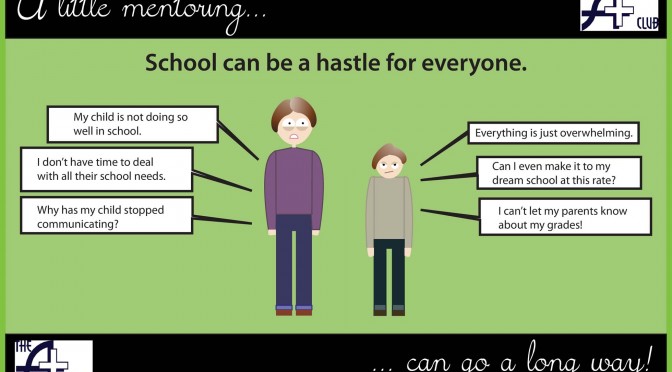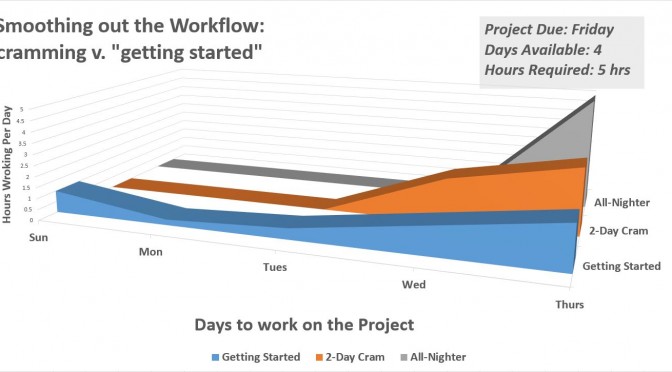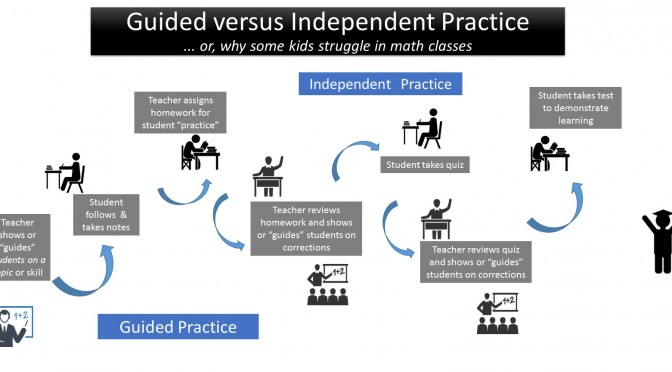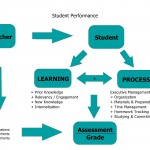 When a parent of a middle or high school teen worries that “my student doesn’t test” well, what’s missing is a combination of goal setting, preparation and execution.
When a parent of a middle or high school teen worries that “my student doesn’t test” well, what’s missing is a combination of goal setting, preparation and execution.
As discussed in the previous posts on “Successful Assessments,” testing success consists of:
- Identifying teacher/ test expectations (“no surprises”)
- Preparing effectively (learning v. cramming)
- Executing on test day (test taking strategies)
Test prep above all else
“Easy” tests are those students have or are effectively prepared for: if the student knows what to expect and prepares for it, the results will be strong.
That said, there are still a few things a student can do to better results on the test day.
A couple do-nots on test day include: Continue reading


 Parents concerned about their teen’s middle and high school exam and test prep might consider that studying isn’t just a matter of reviewing notes and study guides. Successful testing requires ongoing learning.
Parents concerned about their teen’s middle and high school exam and test prep might consider that studying isn’t just a matter of reviewing notes and study guides. Successful testing requires ongoing learning.
 For successful testing, students need to know what will be on the test. Sounds obvious, but parents don’t want to hear from their teens that there were “surprises” on a test or that they studied for the wrong thing.
For successful testing, students need to know what will be on the test. Sounds obvious, but parents don’t want to hear from their teens that there were “surprises” on a test or that they studied for the wrong thing.
 We often hear from parents that “my child doesn’t test well.”
We often hear from parents that “my child doesn’t test well.”
 Meet a student & her mom.
Meet a student & her mom.
 One of the most effective strategies to defeat procrastination that we have used with students in our
One of the most effective strategies to defeat procrastination that we have used with students in our 
 Fight the need to finish now!
Fight the need to finish now!



